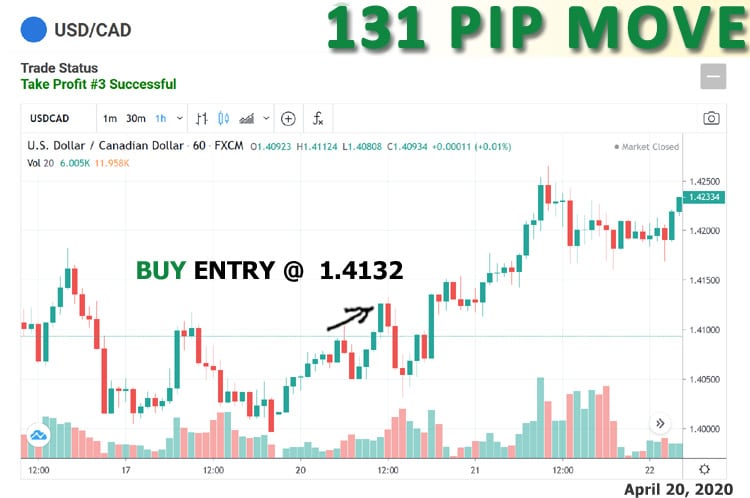
Greenback Leads The Pack Amidst Poor Economic Data
WTI crude oil near market future’s price traded in the negative zone for the first time in history, leading the U.S. Dollar to perform abysmally against its competitors early on last week. Weak economic data further affected the greenback’s performance. Nonetheless, the USD made a sharp turnaround and was the net winner last week as the Coronavirus pandemic continues to affect the global economy.
U.S. Dollar Still Leads the Way
The resurgence of the greenback may be due to talks about slowly reopening the U.S. economy.
The greenback posted a 1.09% gain over the British Pound, with the GBP/USD pair ending the week trading at 1.24. It went up by 0.69% against its Canadian neighbor, as the USD/CAD pair ended the week trading at 1.41. The U.S. Dollar also recorded similar gains against other leading currencies, including the Swiss Franc, the Euro, and the New Zealand Dollar. It only lost against the Yen and the Australian Dollar.
The Japanese Yen continues to benefit from the current financial crisis as it maintained its safe-haven status. Weak economic data didn’t deter its performance after taking the lead at the start of the week. The Yen was up by 0.52% against the U.S. Dollar by the end of the week, with the JPY/USD pair trading at 107.46 by the end of the trading session on Friday.
U.S. Unemployment Claims Set to Increase
In the upcoming week, we expect interesting data in several countries. Here are the major upcoming events that affect traders and investors.
RBA Monetary Policy Meeting Minutes: Tuesday, April 28
The Reserve Bank of Australia minutes will give further insight into the March policy meeting. The RBA decided to maintain its cash rate at 0.25% during that meeting. If there were pessimistic assessment by policymakers in the minutes, it could affect the performance of the Aussie in the coming week.
U.K. Employment Reports: Tuesday, April 28
The market is expecting a weak employment report from the U.K. The Covid-19 outbreak has paralyzed the U.K. economy and could affect employment reports. For February, wage growth is likely to stand at 3.0%, which is lower than the 3.1% recorded in January. The unemployment rate is expected to stay at the previous level of 3.9%.
U.K. Inflation: Wednesday, April 28
Since economic activities are down, inflation levels are set to drop. The CPI for March is expected to be 1.5%, down from the 1.7% recorded in February. Core CPI meanwhile would remain at 1.6%.
Canadian Inflation: Wednesday, April 29
In Canada, consumer inflation went up by 0.4% in February. However, it is still unclear what to expect in the upcoming data release.
U.S. Unemployment Claims: Wednesday, April 29
In the United States, jobless claims surpassed the 5 million mark last week. At the moment, analysts are bracing for another considerable number, as the COVID-19-induced lockdown affect millions of employees around the country.
U.S. Manufacturing PMI: Wednesday, April 29
In March, the manufacturing PMI slowed to 49.1, which is below the 50-level that separates economic expansion and contraction. Investors now await the initial reading for April.





Leave a Reply
You must be logged in to post a comment.